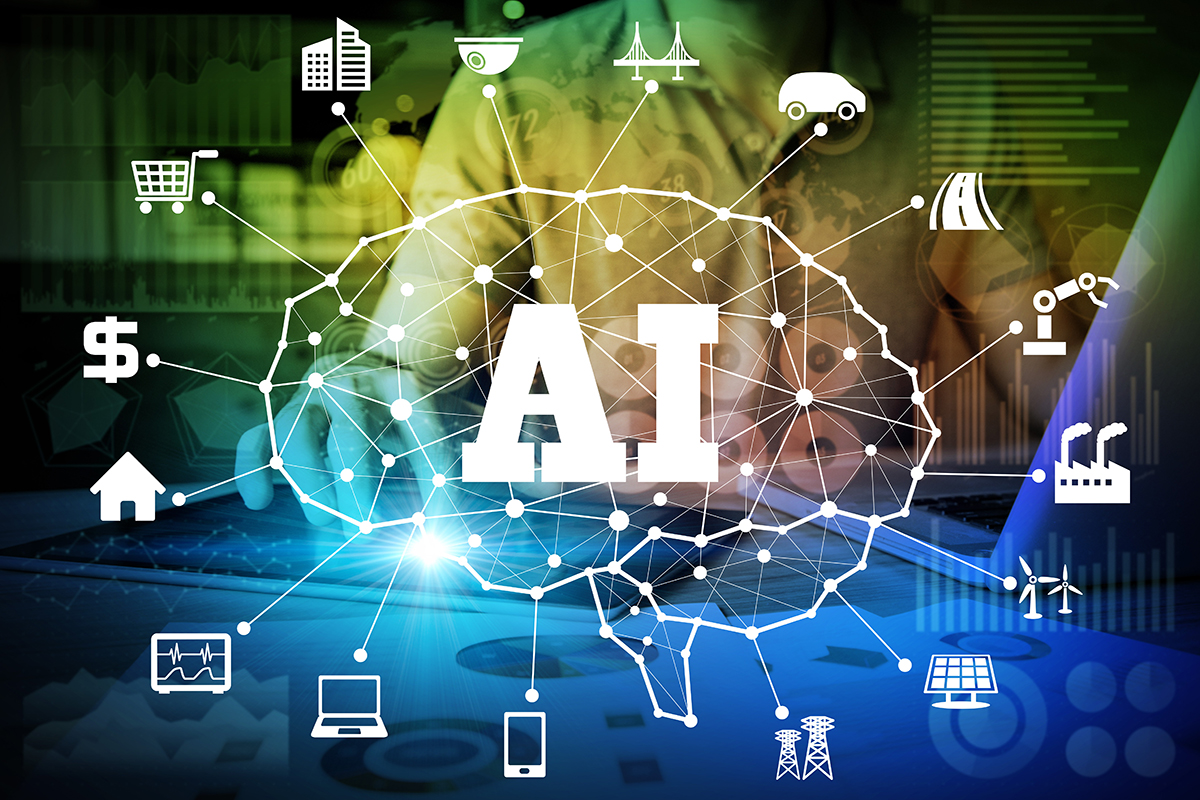The software testing process has been evolving continuously, thanks to modern technological advancements. Methods like manual testing have moved over to give way to more efficient and speedier techniques, such as automation testing. As per Mordor Intelligence, the Automation Testing Market size is forecast to grow from USD 27.65 billion in 2023 to USD 58.16 billion by 2028, proving its increasing popularity. More recently, the traditional script-based automation testing methods have been replaced to a large extent by more advanced techniques like codeless testing that enable testers to create test cases without writing code.
The latest development in the field of software testing is the use of AI, which has been revolutionizing testing processes worldwide. The introduction of AI in software testing has made the process more:
- Efficient
- Accurate and
- Faster
AI-powered testing tools can analyze tons of data, features, and working of software in minutes and automate the test case creation process, freeing the testers’ time for other critical tasks that demand their focused attention. Let us examine in detail how AI tools are transforming software testing processes everywhere.
Table of Contents
Tasks Where AI Testing Can Be Used to Improve Efficiency
AI can simplify and speed up many testing processes, saving the time of testers. Here are some of them:
- AI can understand what changes have been made in the code, conduct risk analysis, and decide what test cases need to be run to ensure everything is perfect before the release
- Using AI, you can plan what test cases need to be developed for a new feature and how they should be executed
- AI can learn to automate similar workflows based on the one already automated, saving a lot of crucial time
- AI can easily rectify test cases that break following small changes in the code
How AI Can Optimize Software Testing
There are several advantages of using AI to optimize your testing processes, such as:
1. Speedy test execution
Using AI-powered capabilities, you can execute many test cases in a short time. This frees up testers’ time, allowing them to focus their efforts and attention on other critical testing tasks like analyzing the results of tests. Using AI will also lead to higher accuracy since there are fewer chances of human errors. Moreover, AI can help testers rapidly generate test cases based on user data, previous information, requirements, and code base. With the help of AI, testers can create a set of tests and prioritize the test cases to facilitate greater testing speed and accuracy.
2. Greater test coverage
Using AI testing tools, it is possible to test every possible test scenario, enabling teams to achieve greater test coverage in less time. You can delve deeper into the memory, internal programme statistics, data tables, and file data to evaluate an application’s performance. Moreover, AI tests let you execute more tests concurrently and cover more ground than manual tests.
3. Perform visual tests
AI-based technology offers visual webpage validation and allows testers to verify various user interface contents that are difficult to validate using human testers. It simplifies tasks that are challenging for humans, like collecting screenshots or evaluating load times, enabling significant savings in time.
4. Comprehensive test reports
AI-powered testing tools mostly come with exceptional reporting features that help testers easily generate detailed test reports. These reports provide insights into the application under test, enable testers to identify defects easily, and share the information with developers and all the stakeholders.
5. CI/CD integration
AI tools can facilitate continuous testing through integration with CI/CD pipelines. This allows you to leverage automation at each development stage and identify defects early before they turn into bigger problems. AI speeds up the feedback cycles, ensuring the software remains deployable and stable.
6. Improved regression testing
AI can be used to overcome the challenges testers face while conducting regression testing, such as time consumption, maintenance, or incidence of human errors. They can use AI-based tools to validate modifications that would be difficult to test manually. For example, AI tools can also be used to spot any overlaps in UI updates. AI increases the efficiency of regression tests by automating all similar workflows, optimizing code better, and freeing you from labour-intensive and error-prone processes. Utilizing AI can help testers identify modifications in the UI and adapt quickly to code changes.
7. Reduction in costs
AI-powered tools can complete repetitive tasks more quickly and regularly, encouraging cost optimization. AI reduces the overall testing effort and makes testing more cost-efficient without compromising on quality. Moreover, AI tools help unearth defects and bugs earlier in the SDLC, thus reducing the cost needed to fix issues later on after product launch.
8. Enhanced defect tracking
Manual testing techniques are not fool-proof, and the testers may overlook many flaws in applications that can eventually impact the launch and performance of the software. It also leads to app abandonment issues. One of the main benefits of software testing using AI tools is that these tools can detect faults without missing a single flaw. As the data volume expands together with software development, there can be an increased incidence of bugs. Using AI, these issues can be automatically and swiftly identified in time. AI tools are capable of efficiently recognizing failure patterns and identifying duplicate problems.
9. Enhanced creation of test cases
Thanks to AI, the test cases you create will be of greater quality. You can create real-world test cases that are easy to govern and quick to use. AI will make project analysis happen in a much shorter time, enabling you to come up with fresh techniques to run test cases.
Conclusion
AI in software testing is here to stay and cannot be overlooked by organizations aiming to achieve higher efficiency, speed, cost reduction, and faster delivery of software products to end-users. Though there are specific tasks that are best left to humans, experts say that you can automate 70% of your manual tasks using AI tools, proving how indispensable AI has become.
However, to achieve the above-mentioned goals, utilizing a trustworthy AI-powered tool is crucial. TestGrid, which is gaining popularity as a codeless automation testing platform, is the solution most organizations prefer for their testing requirements. With its AI-based capabilities and simple interface, TestGrid makes the testing of the most complex applications easy.
The process of test case creation is quite simple. All you need to do is to write test cases in English, BDD, and CSV and paste them into TestGrid’s AI portal to generate test cases. The platform’s AI technology helps testers quickly identify bugs and vulnerabilities early in the development cycle, significantly reducing the overall debugging time.
Undoubtedly, with TestGrid’s AI-powered automation testing, you can achieve savings of up to 60% in testing time and 50% less costs and deliver perfect, glitchless products faster to the market.












